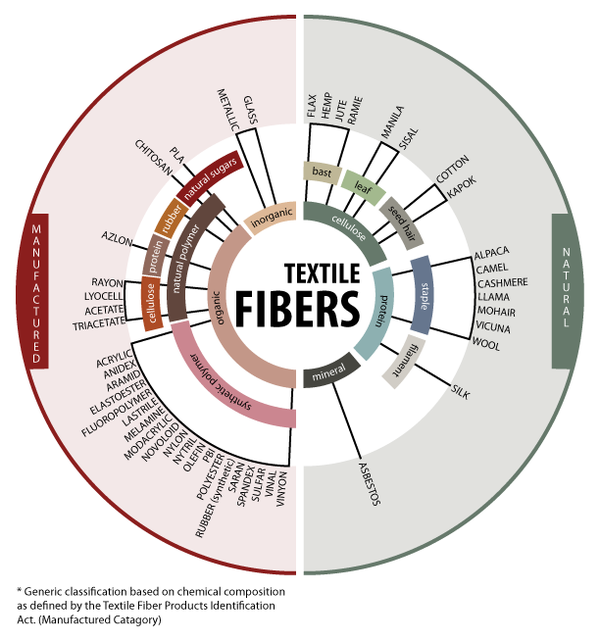- Qinsun Instruments Co., Ltd.
- Tell:+86-21-6780 0179
- Phone:+86-17740808215
- Address:No. 2578 Minhang District Gu Dai Road, Shanghai
- Contact:Mr. Li
- QQ:846490659
Selection of liquid chromatograph

Selection of liquid chromatograph:
1. Determine equal elution or gradient elution based on the experimental samples
Equal elution refers to the use of only one mobile phase from beginning to end during the experimental process (sampling process). That is to say, using only one pump to transport the same mobile phase.
Gradient elution refers to the method of changing the ratio (concentration ratio, composition, ion strength, solution polarity, etc.) or pH of the eluent in a certain gradient manner over time within the same analysis cycle, in order to elute different components from the chromatography column. This can enable components with significant differences in properties (polarity) in a complex sample to achieve good separation according to their respective suitable capacity factors k. Gradient elution is generally divided into binary high-pressure gradient, binary low-pressure gradient, and quaternary low-pressure gradient; A binary high-pressure gradient requires two high-pressure pumps, while a binary low-pressure gradient and a quaternary low-pressure gradient only require one high-pressure pump and one proportional valve.
Configuration features:
(1) Equal elution only requires the configuration of a high-pressure pump, which is relatively simple and cost-effective;
(2) Two high-pressure pumps, one mixer, and connection management are required for binary high-pressure gradient elution, which requires high configuration and high cost;
(3) Binary low-pressure gradient elution requires the configuration of a high-pressure pump, a binary proportional valve, an online degasser, a mixer (degasser and mixer may vary depending on the situation), and connecting pipelines, with lower configuration and lower cost;
(4) Four element low-pressure gradient elution requires the configuration of a high-pressure pump, a four element proportional valve, an online degassing machine, a mixer (optional depending on the situation), and connecting pipelines, which are relatively high in configuration and low in cost.
2. Select the appropriate detector based on the sample
Detectors are divided into ultraviolet detectors, fluorescence detectors, evaporative light scattering detectors, and diode array detectors. Generally, 80% of the samples will use ultraviolet detectors
3. Select manual/automatic injection
The benefits of an automatic sampler are:
1) Good reproducibility
2) Unmanned, especially for liquid phase, the program cycle is generally longer.





